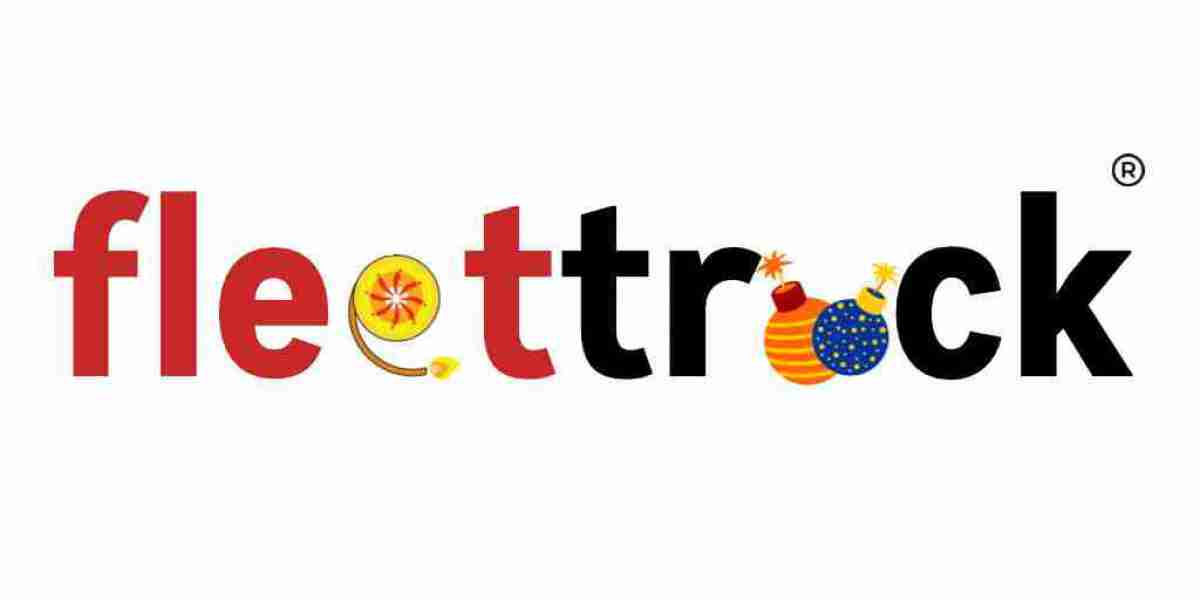The Major Players
1. Amazon Web Services (AWS)
AWS, a subsidiary of Amazon, has long been the dominant force in the cloud computing space. Launched in 2006, AWS pioneered the Infrastructure-as-a-Service (IaaS) model and has maintained its leadership through an extensive global infrastructure, a vast array of services, and a strong partner ecosystem. AWS offers solutions in computing, storage, machine learning, databases, networking, and security, among others. Companies such as Netflix, Airbnb, and Spotify rely on AWS for their cloud needs.
2. Microsoft Azure
Microsoft Azure, launched in 2010, is AWS’s closest competitor. With a strong presence in enterprise IT, Azure has leveraged Microsoft’s dominance in software, particularly Windows Server, SQL Server, and Microsoft 365. Azure is also at the forefront of hybrid cloud solutions, making it an attractive option for businesses looking to integrate their on-premises infrastructure with the cloud.
3. Google Cloud Platform (GCP)
Google Cloud has made significant strides in the cloud computing industry, particularly in data analytics, machine learning, and artificial intelligence. Google’s expertise in handling large-scale data processing has made GCP a preferred choice for companies looking to leverage AI-powered solutions. Although it trails behind AWS and Azure in market share, GCP continues to grow by enhancing its service offerings and forming strategic partnerships.
4. Other Contenders
Other companies also play significant roles in the cloud computing industry, including:
- IBM Cloud – Known for its hybrid cloud and AI capabilities, especially with Watson AI.
- Oracle Cloud – Strong in database services and enterprise applications.
- Alibaba Cloud – A dominant player in Asia, particularly in China.
Key Battlegrounds in the Cloud Wars
1. Market Share and Revenue Growth
AWS remains the leader in market share, followed by Azure and GCP. However, Azure has been growing at a rapid pace, thanks to its deep integration with Microsoft products. Google Cloud, while behind in market share, has shown aggressive growth, especially in AI and analytics-based cloud services.
2. Pricing and Cost Optimization
One of the critical factors in cloud adoption is cost efficiency. AWS, Azure, and GCP frequently revise their pricing models to attract customers. Companies benefit from discounts through reserved instances, committed-use contracts, and pay-as-you-go pricing models. Competitive pricing strategies have been a significant aspect of the Cloud Wars, with each provider aiming to offer the best value.
3. Hybrid and Multi-Cloud Strategies
Many enterprises today prefer a hybrid cloud approach, combining on-premises data centers with cloud infrastructure. Microsoft Azure has a strong lead in this area with Azure Arc and hybrid cloud capabilities. Google has also introduced Anthos, a platform that allows businesses to run workloads across multiple cloud environments, including AWS and Azure.
4. Artificial Intelligence and Machine Learning
AI and machine learning have become critical differentiators in cloud computing. Google Cloud’s TensorFlow and AI-driven services are widely used in data-intensive industries. AWS and Azure also offer strong AI and machine learning capabilities through Amazon SageMaker and Azure AI, respectively.
5. Security and Compliance
Security is a top priority for cloud providers, as businesses need to ensure data protection and compliance with regulations such as GDPR, HIPAA, and CCPA. AWS, Azure, and GCP invest heavily in security measures, offering identity and access management (IAM), encryption, and compliance certifications. The race to provide the most secure cloud environment is an essential aspect of the Cloud Wars.
6. Edge Computing and IoT
As more businesses adopt Internet of Things (IoT) solutions, cloud providers are investing in edge computing, which allows data processing closer to the source rather than relying on centralized cloud data centers. AWS leads in this domain with AWS Greengrass and AWS Outposts, while Azure and Google Cloud have also launched edge computing solutions to meet growing demand.
The Future of Cloud Wars
The Cloud Wars show no signs of slowing down. As technology advances, new trends are shaping the future of cloud computing:
- Serverless Computing: Cloud providers are enhancing their serverless platforms, such as AWS Lambda, Azure Functions, and Google Cloud Functions.
- Quantum Computing: Companies like Google and IBM are investing in quantum computing, which may redefine the capabilities of cloud infrastructure.
- Sustainability Initiatives: Cloud providers are committing to carbon-neutral and energy-efficient cloud computing to meet global sustainability goals.
- Industry-Specific Cloud Solutions: Providers are tailoring cloud services for healthcare, finance, and government sectors to meet industry-specific needs.
Conclusion
The Cloud Wars have transformed the technology landscape, driving innovation and competition in cloud computing. AWS continues to lead the market, but Azure and Google Cloud are closing the gap through aggressive expansion and technological advancements. As cloud adoption grows, businesses must carefully evaluate their options based on pricing, scalability, security, and specialized services. In the coming years, the battle for cloud supremacy will only intensify, bringing new breakthroughs and opportunities for enterprises worldwide.














